Anxiety seeks a reason to exist
I was hunched over in a chair and trying not to cry as a nutritional therapist I had just met told me I was too thin.
I had spent the past few years unintentionally creating mental blocks around food—blocks that I’m still hammering away at. I believed food caused my anxiety. I had lost ten pounds from a combination of that belief and the general loss of appetite that anxiety can cause.
I have bad memories of that day, but I also learned important things in that one hour visit that have helped me heal. It’s a reminder to me that sometimes the bad days are the ones we learn the most from.
“Food doesn’t cause anxiety,” she said. “Anxiety seeks a reason to exist, and it tends to latch onto things that we do regularly, such as eating.”
Anxiety seeks a reason to exist.
Whenever I feel physically anxious, my mind comes up with reasons for why I feel that way. It makes sense, really. If your hand hurts, you try to diagnose the cause so that you can treat it. Anyone feeling anxious wants a quick treatment. If I told myself that a certain food caused my anxiety, then for a moment I could believe that, if I stopped eating that food, I would never feel anxious again.
That wasn’t true.
I have seen this deception play out many times. It may start with a thought or a feeling. Then I try to justify the feeling or thought with something else (I didn’t sleep enough last night—I’m overheated—I’m just anxious about everything I have to do—I’m just worried about the future).
These justifications make us avoid the things that we think make us anxious. While we believe we’re helping ourselves by avoiding them, we’re actually increasing the number of things that we allow to trigger our anxiety.
But, most of the time, anxiety doesn’t come from the outside. It starts with our own thoughts or feelings.
The therapist said that, if I believed food caused anxiety, then my body would respond more negatively to those foods.
Our minds are powerful. Our thoughts, beliefs, and imaginations can affect our reality.
I’m sure some foods don’t help anxiety, and I do believe that good diet and exercise is helpful for mental health, but my obsession with food had only made my anxiety worse. It didn’t help that most health diets are centered towards people trying to lose weight rather than gain it. I thought I was doing good things for my body, but I wasn’t.
My anxiety, seeking a reason to exist, had latched onto food so tightly that I couldn’t see the true source of the anxiety anymore. It used food as a shield so that I attacked the wrong thing.
Learning this was hard. I had to unwind years of incorrect beliefs. But it was what I needed, and understanding the anxiety itself was like cutting that ball of false thoughts with a pair of shears. There are still a few knots in there that take longer to undo, but the rest fell away within months as I learned how to be better to my body and mind.
The Chain of Anxiety
The nutritional therapist suggested cognitive behavioral therapy. It was in therapy that I learned about the chain of anxiety.
The links in the chain are made up of thoughts and feelings.
For instance, I might have a negative thought, which brings on a feeling of dread. I then realize that I’m anxious and worry that I might have a panic attack. This causes another wave of anxiety. That feeling strengthens the original negative thought, making me think that I won’t be able to recover. This makes me feel even more anxious. This will go on and on until, eventually, the chain is broken.
We have to learn how to break the chain.
One way is to address the feeling. If we are feeling anxious, it can make our thoughts more intense. Focusing on calming our bodies turn our minds away from our thoughts, which will break the chain.
My therapist suggested deep breathing and light exercise, for instance. Sometimes I also do things that make me happy, like getting some sunlight, eating an orange, knitting, or putting on something that smells good. It’s good to do something and get out of my head.
I try to be careful, though, of leaving a situation. I try to sit in that space for a moment while I take deep breaths. This makes sure that I am not associating that situation with my anxiety. For instance, I used to be afraid of going to restaurants. If I was anxious at a restaurant, my instinct was to leave. But running away only enforces the belief that the situation is what caused the anxiety and will make it harder to return the next time. Staying, however, reminds me that I am addressing anxiety itself and not the restaurant. If I feel like I absolutely need to leave, I try to go back to that space to remind myself that it is safe.
The other way to break the chain is to address the thoughts.
If thoughts are powerful enough to affect our feelings, then that means they must be powerful enough to make us feel better, too.
I tend to believe that, when I’m not feeling well, it’s best to postpone my anxious thoughts. I do this by focusing on other things, such as feeling better or talking to someone or reading a book.
When I feel better physically, I can let myself worry with less risk of triggering the chain again. Usually, it’s helpful for me to do this by talking through my worries with someone else.
When I’m doing especially well, I collect positive thoughts for negative times. This isn’t something I do consciously, but even as I’m writing this I realize that I save up quotes and stories and truths that I can pull out when I need them. Maybe that’s partly why I write—to leave reminders that everything will be okay.
As I have shared before, I don’t believe my role here is to offer specific advice that should be left to professionals. I’m sharing this because understanding my own anxiety has helped me respond to it more effectively. Cognitive behavioral therapy has helped me do that, and I would highly recommend it to anyone.
We all have different fears. Our anxiety latches on to different things—often the things that are close in proximity to us. But it’s still the same monster, and so our weapons will also look similar. It’s still good to find out which weapons are most affective for you.
Anxiety is its Own Monster
Most of all, I think it’s important to remember that anxiety just happens sometimes, and it doesn’t have to be for a specific “reason.”
When anxiety seeks a reason to exist, it’s almost like it’s trying to hide behind something else so we don’t see it for what it is. It wants us to fight off our fears of heights, or of eating out, or of riding in buses, instead of fighting the real monster.
Anxiety is just a thought or feeling hiding behind all of our “triggers.” When we can pull back the curtain, we can finally address the real issue.
We can face the monster itself.
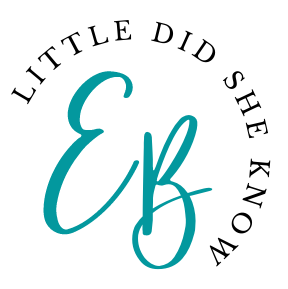





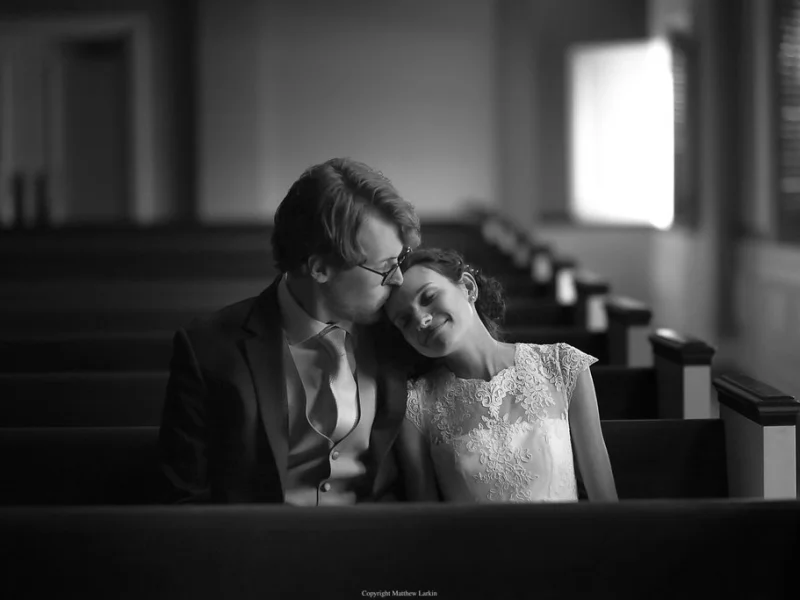
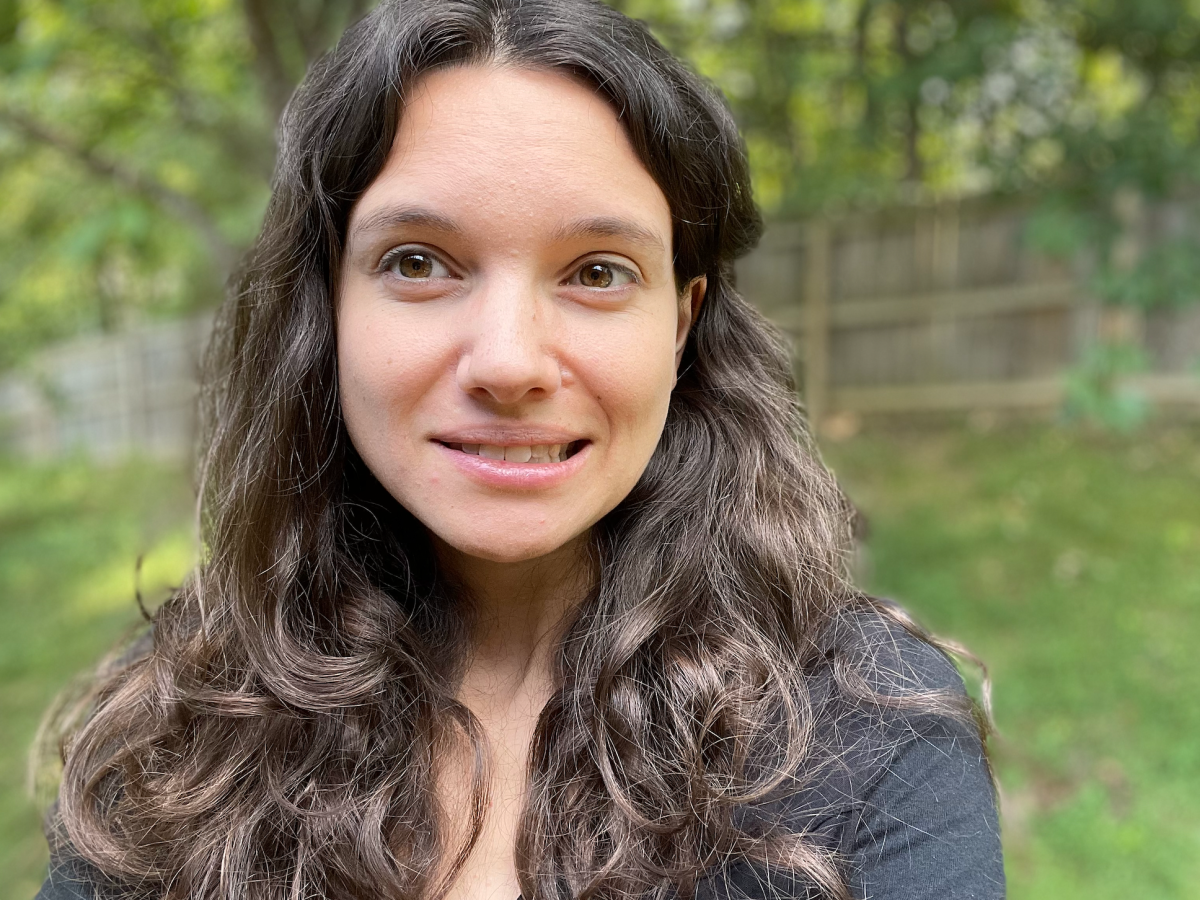
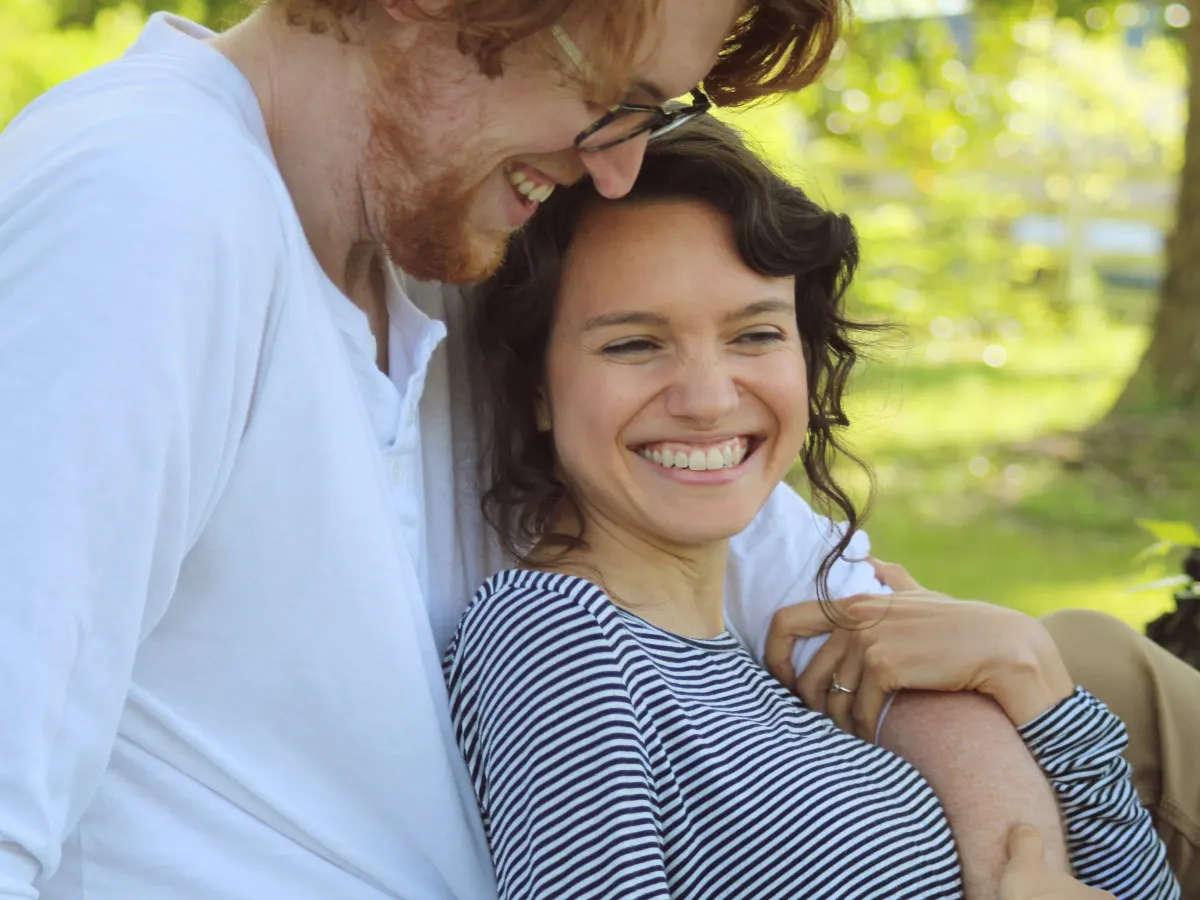



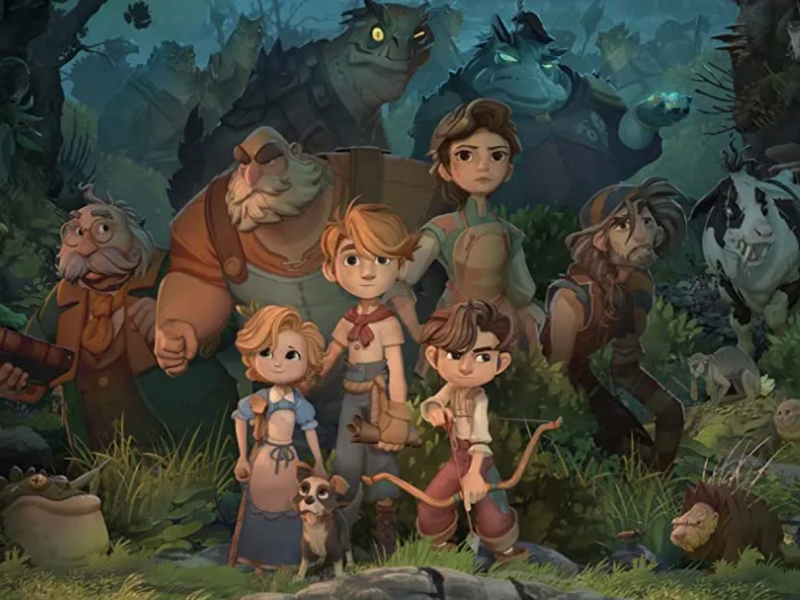
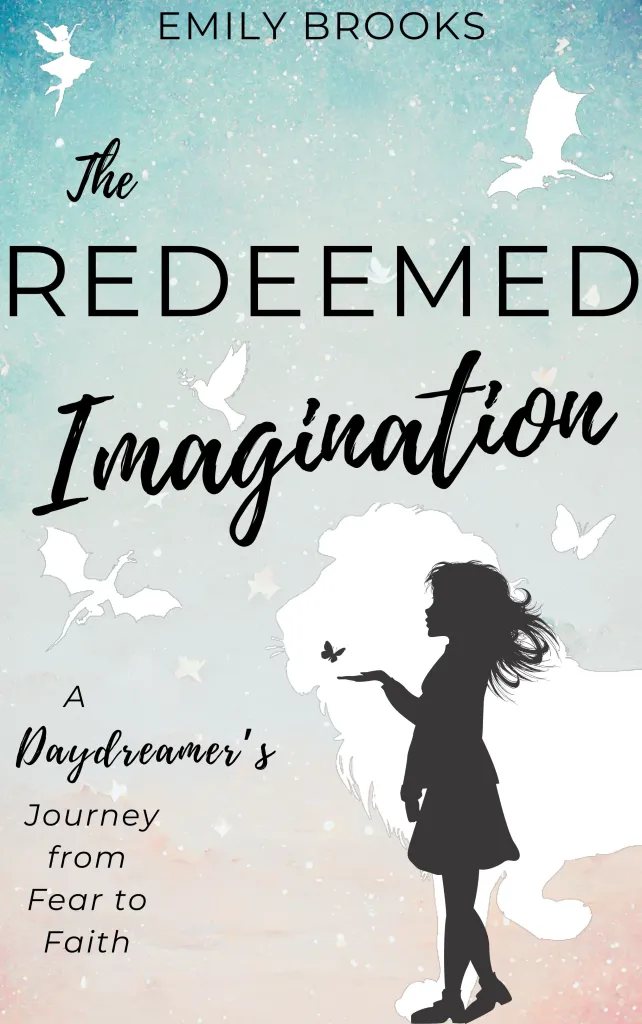
Leave a comment